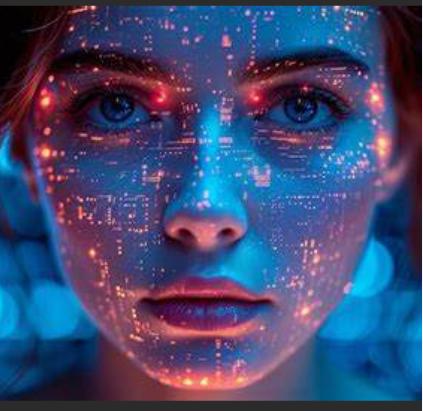In the quiet hum of our daily lives, a revolution is unfolding—one powered not by visible machines or grand gestures, but by algorithms and data. Artificial Intelligence (AI) is no longer a buzzword confined to tech conferences; it’s the driving force behind some of the most groundbreaking innovations of our time. From curing diseases to redefining creativity, AI is pushing the boundaries of what’s possible.
This article takes a deep dive into the next wave of AI innovation, exploring how it’s solving complex problems, unlocking new opportunities, and reshaping industries in ways we never imagined.
AI in Science: Accelerating Discovery
Science has always been about pushing the limits of human knowledge, and AI is proving to be an invaluable partner in this quest. In fields like drug discovery, AI is dramatically speeding up the process of identifying potential treatments for diseases. By analyzing vast datasets of chemical compounds and biological interactions, AI can predict which molecules are most likely to succeed, reducing the time and cost of bringing new drugs to market.
For example, during the COVID-19 pandemic, AI played a crucial role in identifying potential antiviral drugs and accelerating vaccine development. This is just the beginning—AI is also being used to tackle challenges in climate science, astronomy, and even quantum physics, opening up new frontiers of discovery.
AI in Creativity: Redefining Art and Design
Creativity has long been considered a uniquely human trait, but AI is challenging that notion. From generating music to designing fashion, AI is proving that machines can be creative too. Tools like OpenAI’s DALL·E and Adobe’s Firefly are enabling artists and designers to create stunning visuals with just a few prompts, pushing the boundaries of what’s possible.
In the world of fashion, AI is being used to design clothing, predict trends, and even create personalized outfits for consumers. Similarly, in architecture, AI is helping designers optimize building layouts for energy efficiency and aesthetics. This collaboration between humans and machines is unlocking new possibilities, blurring the lines between creator and tool.
AI in Education: Personalized Learning for All
Education is one of the most promising areas for AI innovation. Traditional one-size-fits-all teaching methods are being replaced by personalized learning experiences powered by AI. Platforms like Khan Academy and Duolingo use AI to adapt lessons to individual students’ needs, helping them learn at their own pace and style.
AI is also making education more accessible. For example, AI-powered translation tools are breaking down language barriers, enabling students from different parts of the world to access high-quality educational content. Similarly, AI-driven tutoring systems are providing personalized support to students, helping them overcome challenges and achieve their full potential.
AI in Sustainability: Building a Greener Future
As the world grapples with climate change and resource scarcity, AI is emerging as a powerful tool for sustainability. From optimizing energy use to reducing waste, AI is helping us build a greener future.
For instance, AI is being used to monitor and manage energy grids, ensuring that renewable energy sources like solar and wind are used efficiently. In agriculture, AI-powered systems are helping farmers optimize irrigation, reduce pesticide use, and increase crop yields. These innovations are not just good for the planet—they’re also creating new economic opportunities and improving quality of life.
The Ethical Frontier: Navigating the Challenges of AI
While the potential of AI is immense, it’s not without its challenges. Issues like data privacy, algorithmic bias, and the potential for job displacement are sparking important conversations about how to use AI responsibly.
For example, AI systems rely on vast amounts of data, raising concerns about how that data is collected and used. Additionally, algorithms can inadvertently perpetuate biases if not properly designed, leading to unfair outcomes in areas like hiring or lending. Addressing these challenges requires a collaborative effort between technologists, policymakers, and society as a whole.

